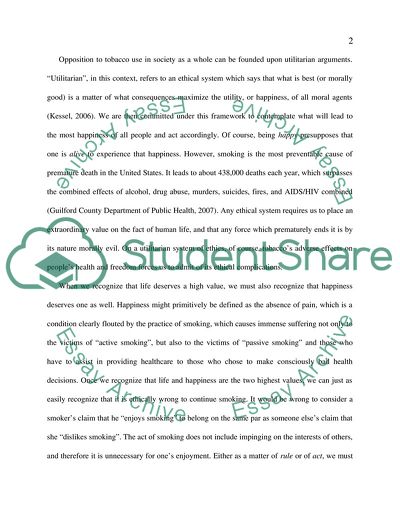Cite this document
(Is Ban on Sale of Tobacco Products Justified Assignment, n.d.)
Is Ban on Sale of Tobacco Products Justified Assignment. Retrieved from https://studentshare.org/social-science/1720860-why-should-tobacco-products-be-banned-as-heroin-consumption
Is Ban on Sale of Tobacco Products Justified Assignment. Retrieved from https://studentshare.org/social-science/1720860-why-should-tobacco-products-be-banned-as-heroin-consumption
(Is Ban on Sale of Tobacco Products Justified Assignment)
Is Ban on Sale of Tobacco Products Justified Assignment. https://studentshare.org/social-science/1720860-why-should-tobacco-products-be-banned-as-heroin-consumption.
Is Ban on Sale of Tobacco Products Justified Assignment. https://studentshare.org/social-science/1720860-why-should-tobacco-products-be-banned-as-heroin-consumption.
“Is Ban on Sale of Tobacco Products Justified Assignment”, n.d. https://studentshare.org/social-science/1720860-why-should-tobacco-products-be-banned-as-heroin-consumption.


